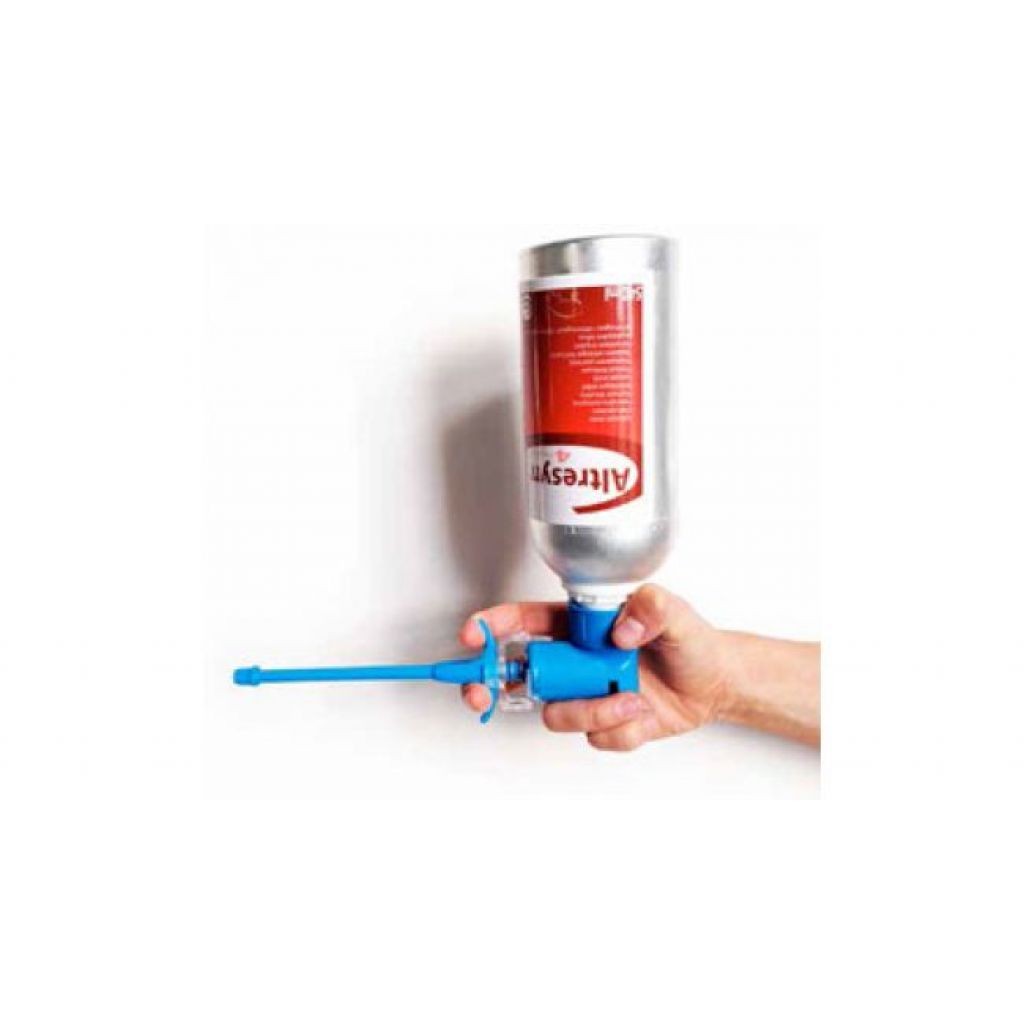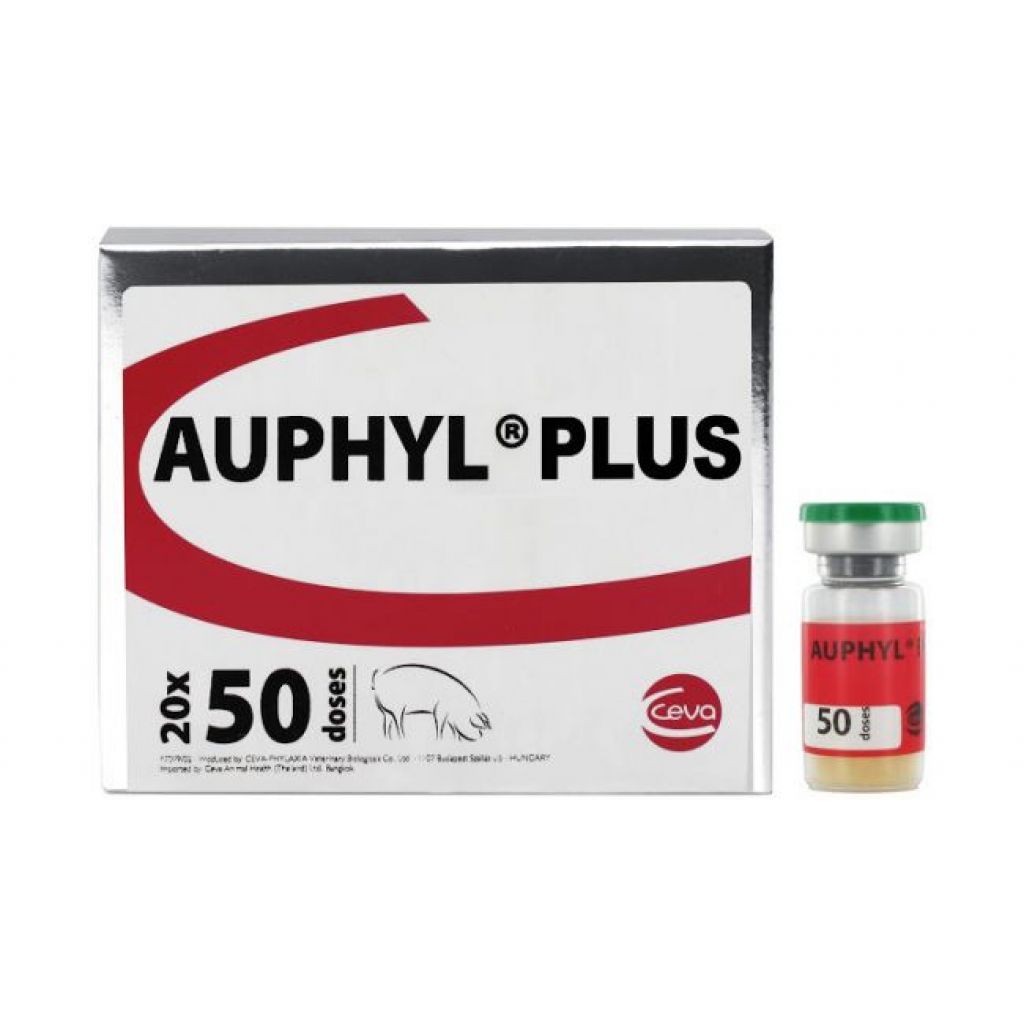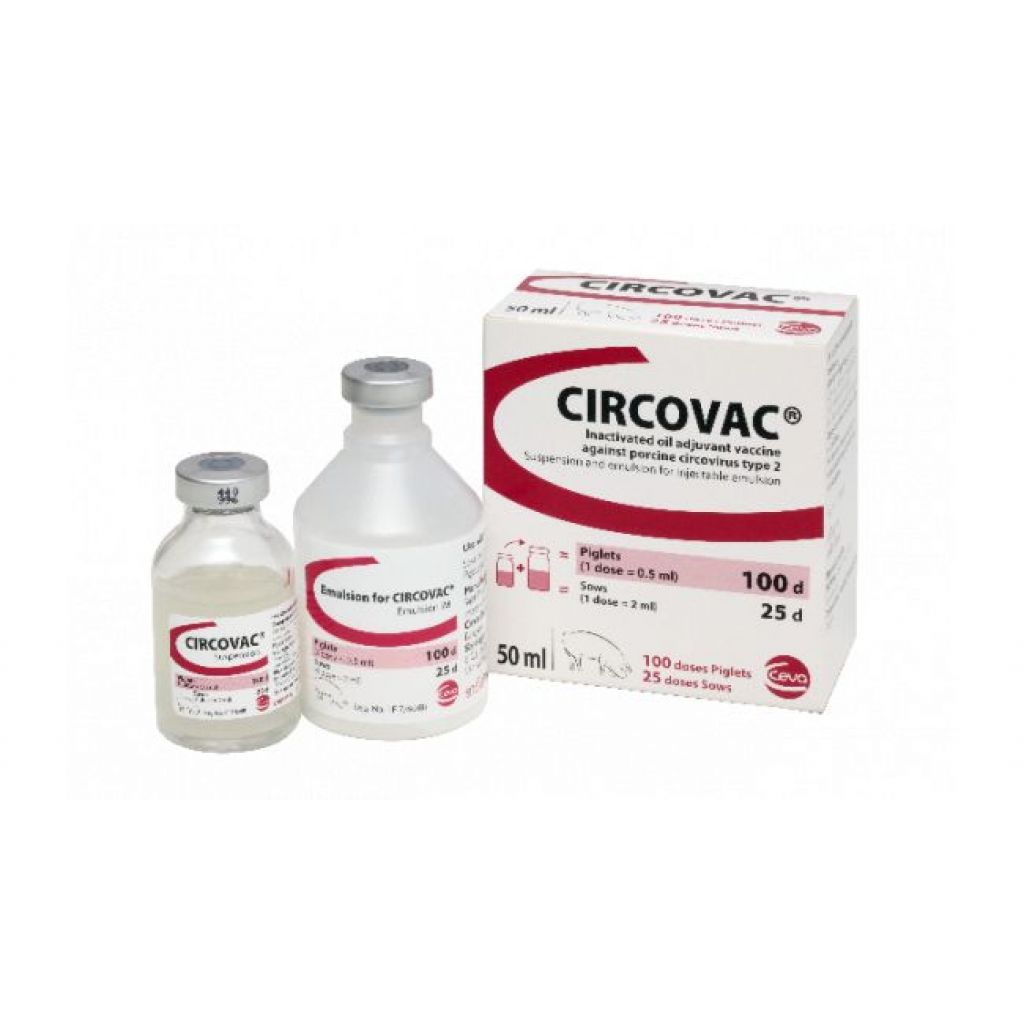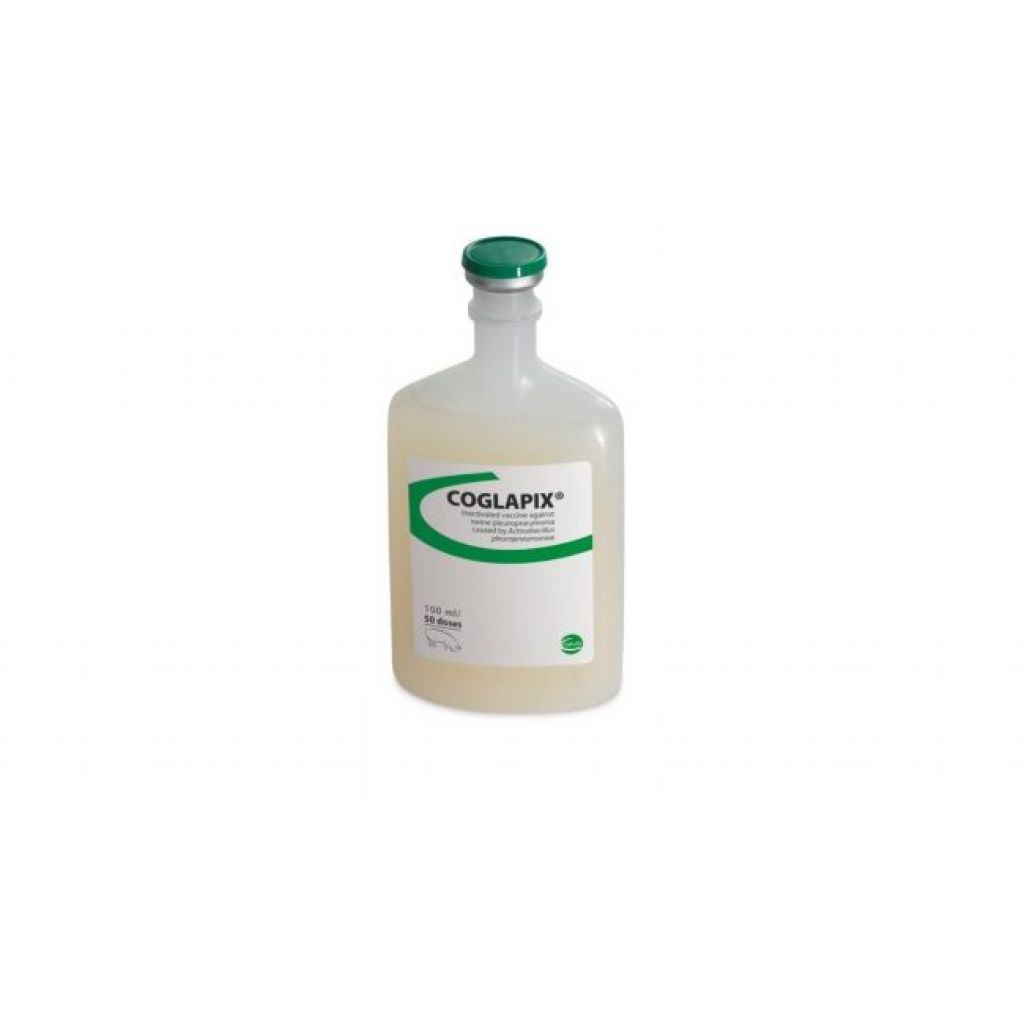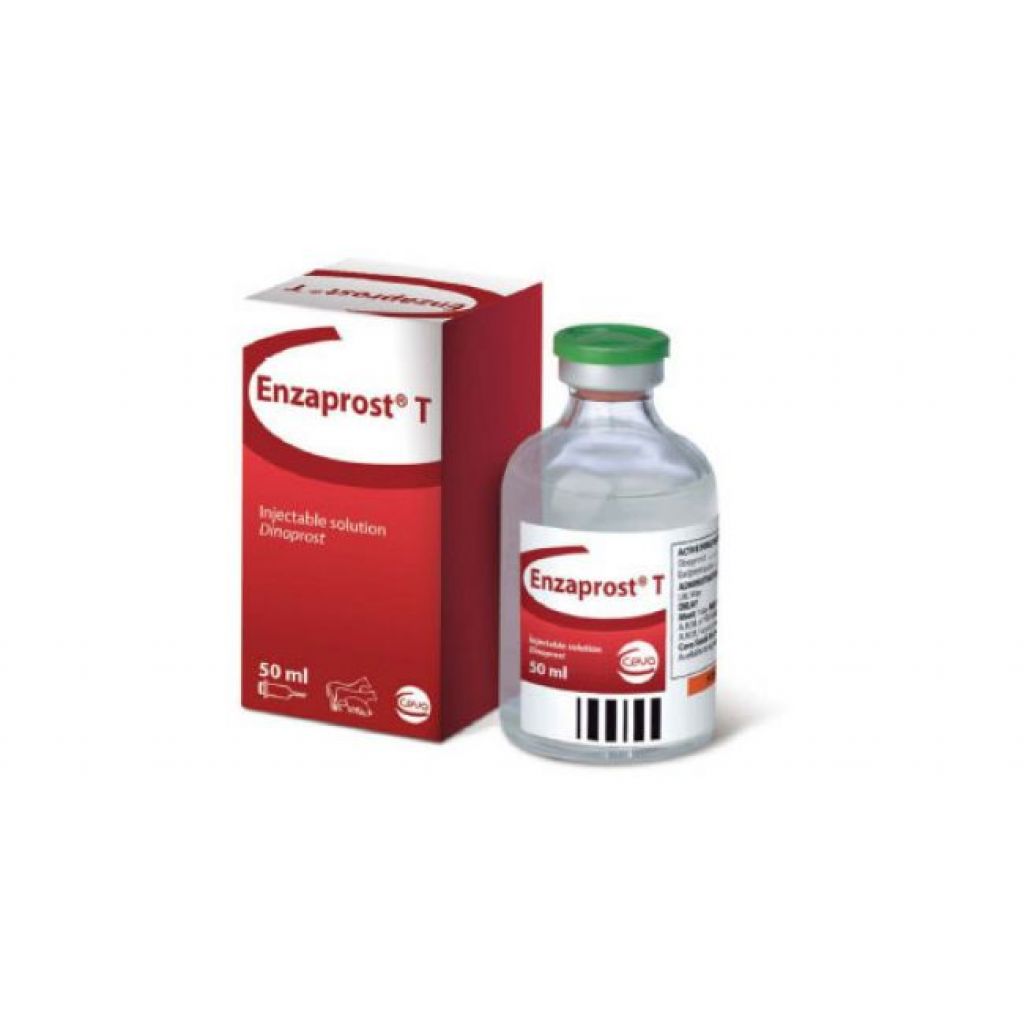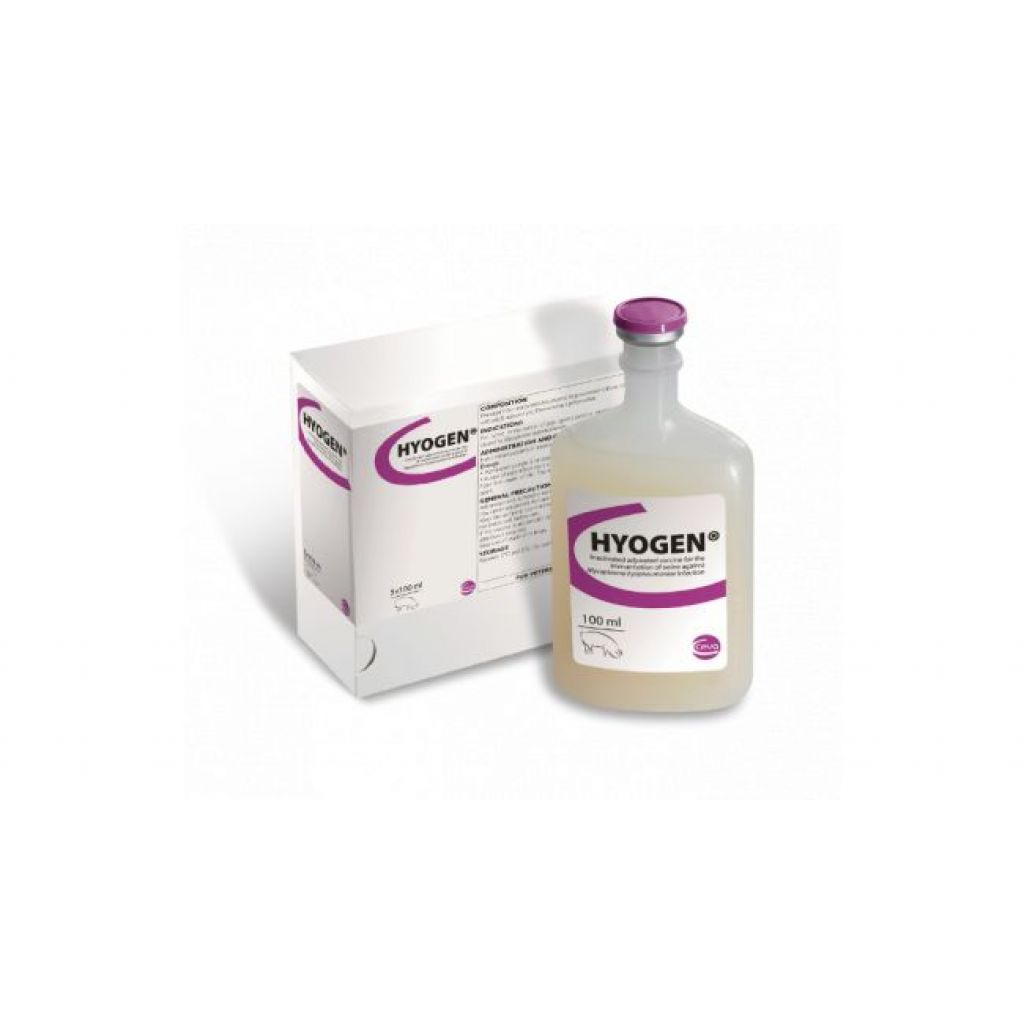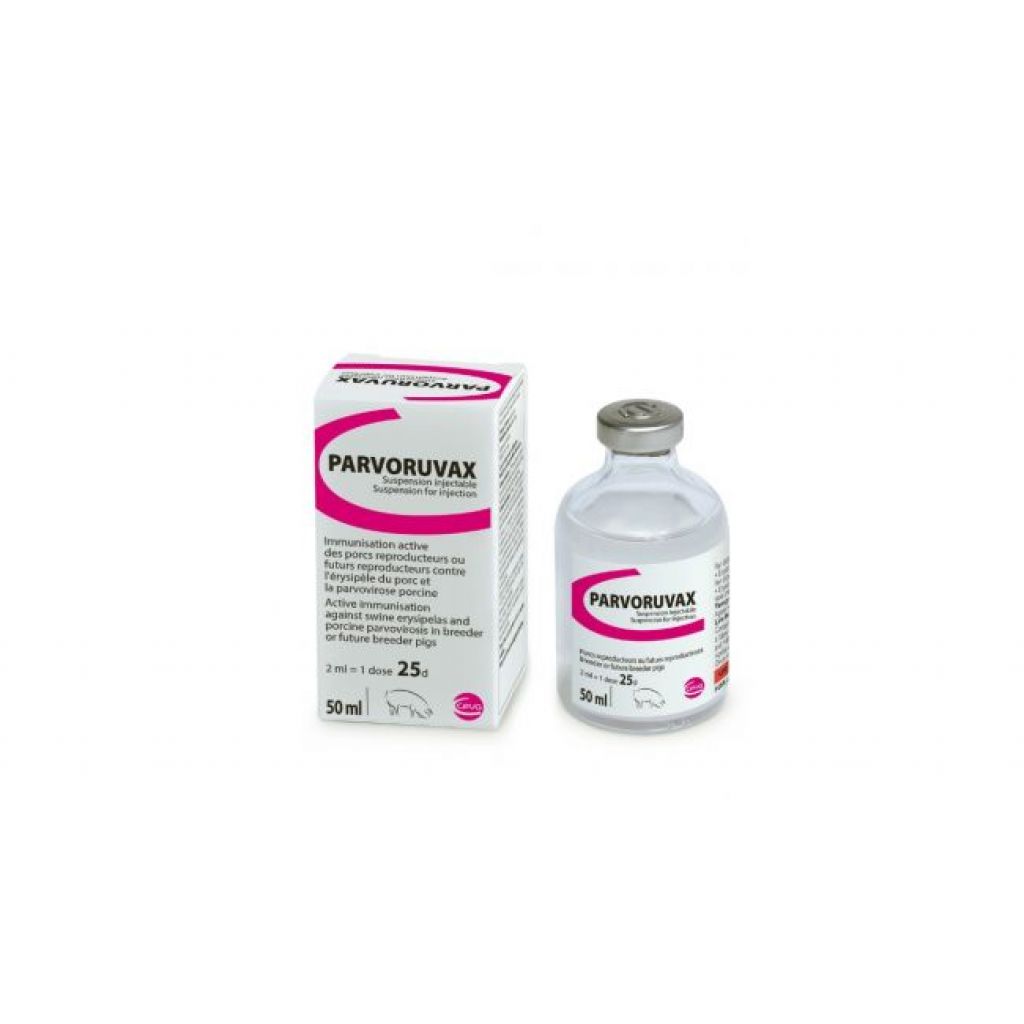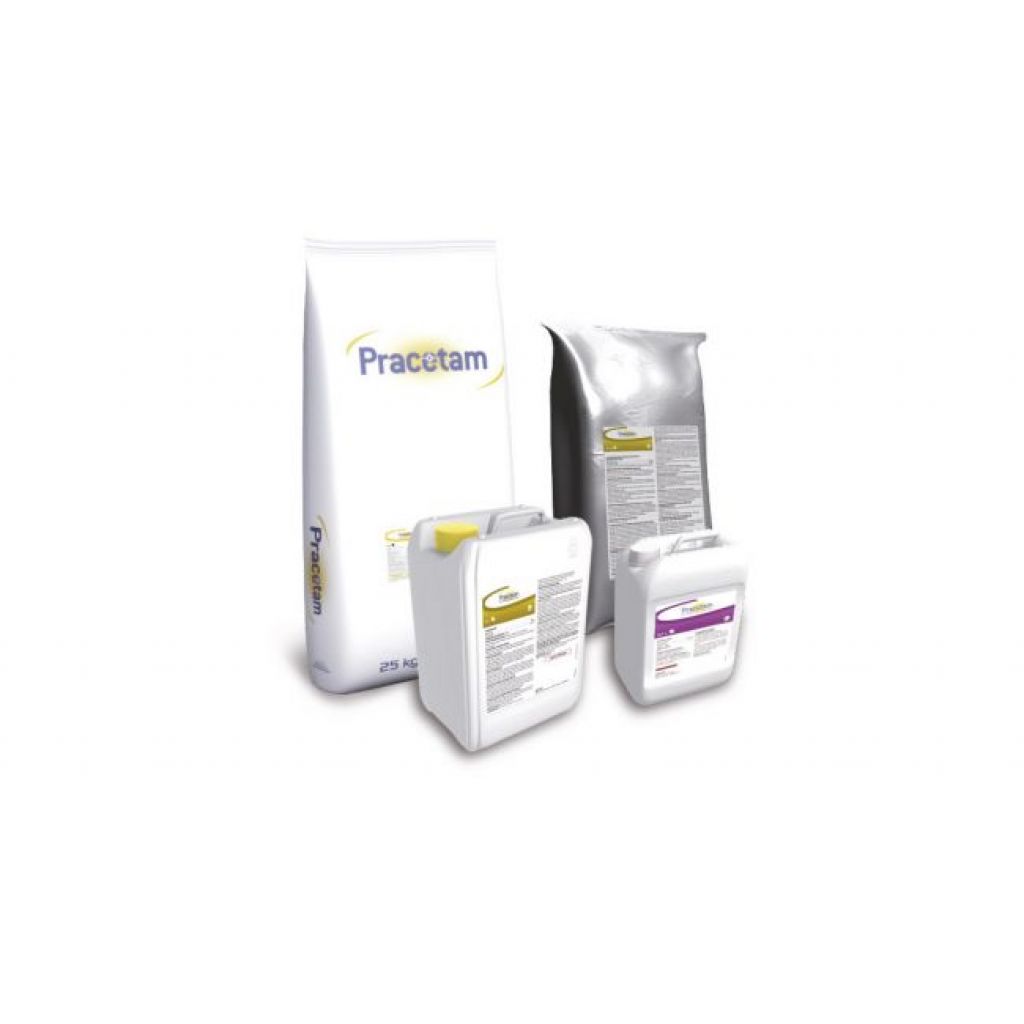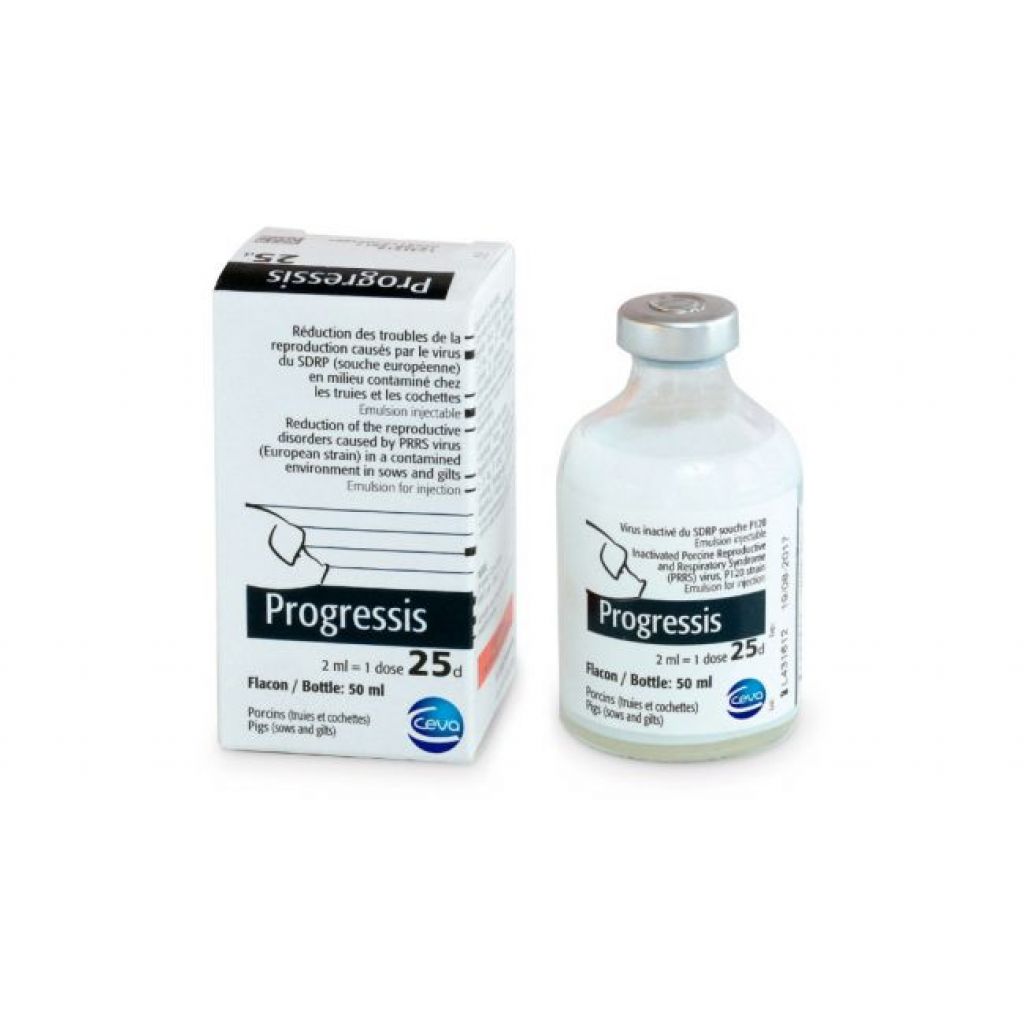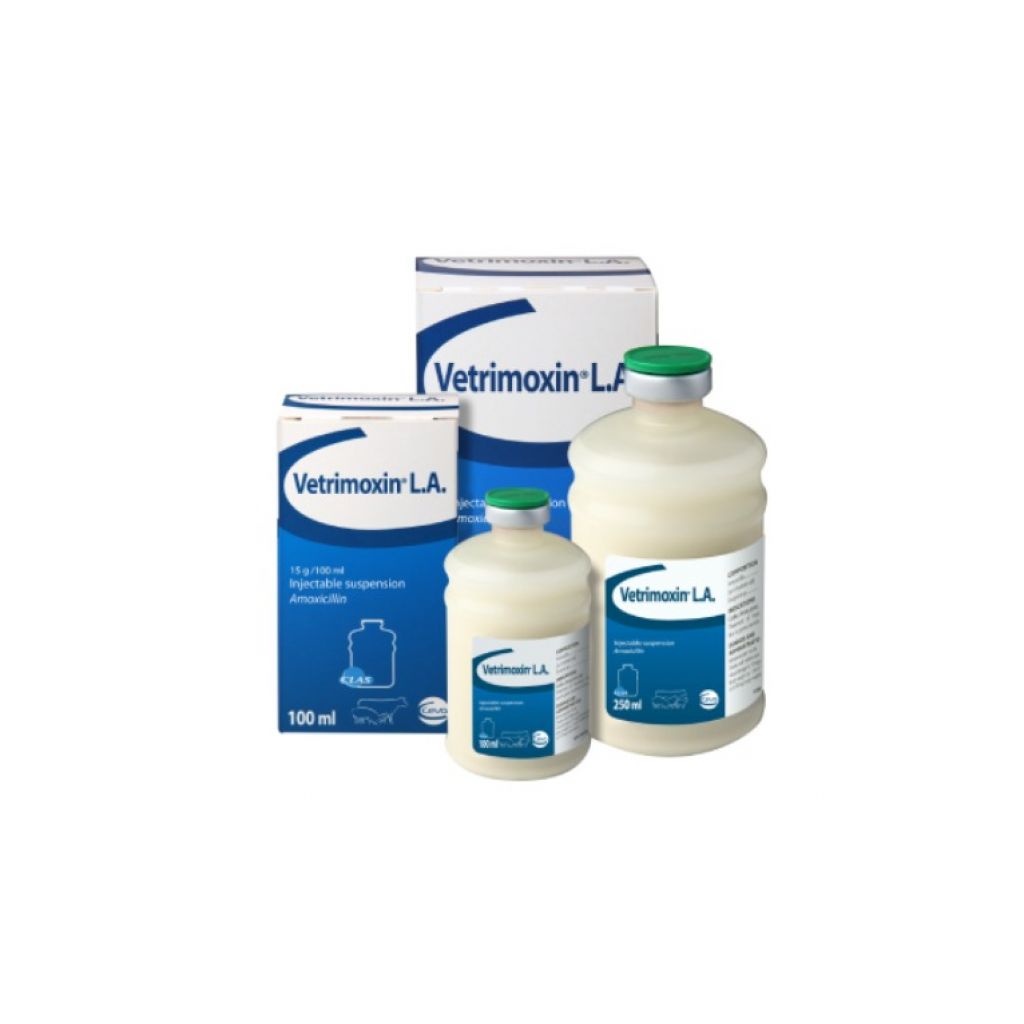Enzootic Pneumonia (3/3): control and vaccination
If you missed the first or second article, read them here:
- Part 1: Enzootic Pneumonia (1/3): M.hyo, clinical signs and diagnosis
- Part 2: Enzootic Pneumonia (2/3): coinfections and impact on performances
Control and vaccination
Management practices
Management practices should be implemented to aid reduction in the impact of M.hyopneumoniae on farms. Methods include practising all-in-all-out systems (Maes et al., 2008) to allow for adequate cleaning and disinfection which will help to reduce the bacterial load in the environment before new animals enter the accommodation. Action should be taken to avoid any practices which may affect the immunological stability of the herd, such as buying in infected gilts or other live animals (Maes et al., 2001). Stocking density has also been shown to be important in the case of some respiratory diseases, with increased stocking densities having a negative impact on respiratory health (Maes et al., 2000). Therefore, the correct balance should be found in terms of maximising the use of accommodation for production and the stocking level which does not dramatically impact animal health (Maes et al., 2008).
Slaughterhouse evaluation
Examination of lungs in the slaughterhouse is a very valuable tool to veterinarians and farmers as it allows an assessment of the impact of EP on the farm in terms of performance and consequently the economic losses. Innovative technology has made the process easier, for example the Ceva Lung Program (CLP), which can be used on a smartphone or tablet in the slaughterhouse. CLP consists of the modified Madec method for scoring enzootic pneumonia-like lesions (Madec and Kobisch, 1982). Cranio-ventral consolidation of the lungs is scored from 1-4 for each lobe, with a maximum possible score of 28 per lung. The enzootic pneumonia index (EP index) can then be calculated, which is the sum of all scores per batch of pigs examined, divided by the total number of lungs scored. The app generates immediate reports with the key information such as percentage of bronchopneumonic lungs and EP index for pneumonia assessment, which can then be used by the veterinarian as part of their quarterly farm visit. Examination should be carried out frequently to get maximal benefit from the data collected, as seasonal variation may alter the prevalence of lesions observed for example, and this may result in incorrect interpretation of the success of control of M.hyo on a farm. Examination of lungs is very useful when implementing new control measures, as a reduction in lung lesions in the slaughterhouse is an important indication that clinical disease is reducing in both prevalence and severity.
Vaccination success
Vaccination is commonly used at weaning to control EP and has been shown to improve the daily weight gain by 2-8% and the feed conversion ratio by 2-5%, therefore reducing losses due to EP (Segales et al., 2008). Vaccination with an efficient vaccine has been shown to be effective at reducing both the percentage of pigs with EP-like lesions but also the severity of these lesions, as demonstrated by the Madec index which is calculated using a modified Madec score. The Ceva Lung Program (CLP) is a tool for analysis of the lungs in the slaughterhouse and has been used in many swine producing countries to demonstrate these reductions. Vaccination is also associated with reduced use of antimicrobials to control disease (Maes et al., 2008) contributing to achieving targets in reducing antimicrobial use across the industry.
Conclusion
Mycoplasma hyopneumoniae, as the causative agent of Enzootic Pneumonia, is an important pathogen on swine farms worldwide, affecting animal performance and therefore economic efficiency of production. Co-infections with other pathogens such as swine influenza virus, PRRS and PCV2 are extremely important as they can greatly increase the clinical and performance impacts of M.hyopneumoniae infection. Economic losses are primarily due to reduced average daily gain, contributing to increased days to slaughter, and increased feed conversion ratio, therefore increasing feed costs on the farm. Vaccination has been demonstrated to be effective in reducing the losses due to M.hyopneumoniae infection, working to reduce the lung lesion prevalence and severity, which has shown to be correlated with production losses. Therefore, vaccination combined with good management practices will help to reduce the impact of the pathogen as well as co-infections on farms.
Scientific References available on request
 Click here to discover CEVA products!
Click here to discover CEVA products!
Contact:
#(web_contacta_formulario)


